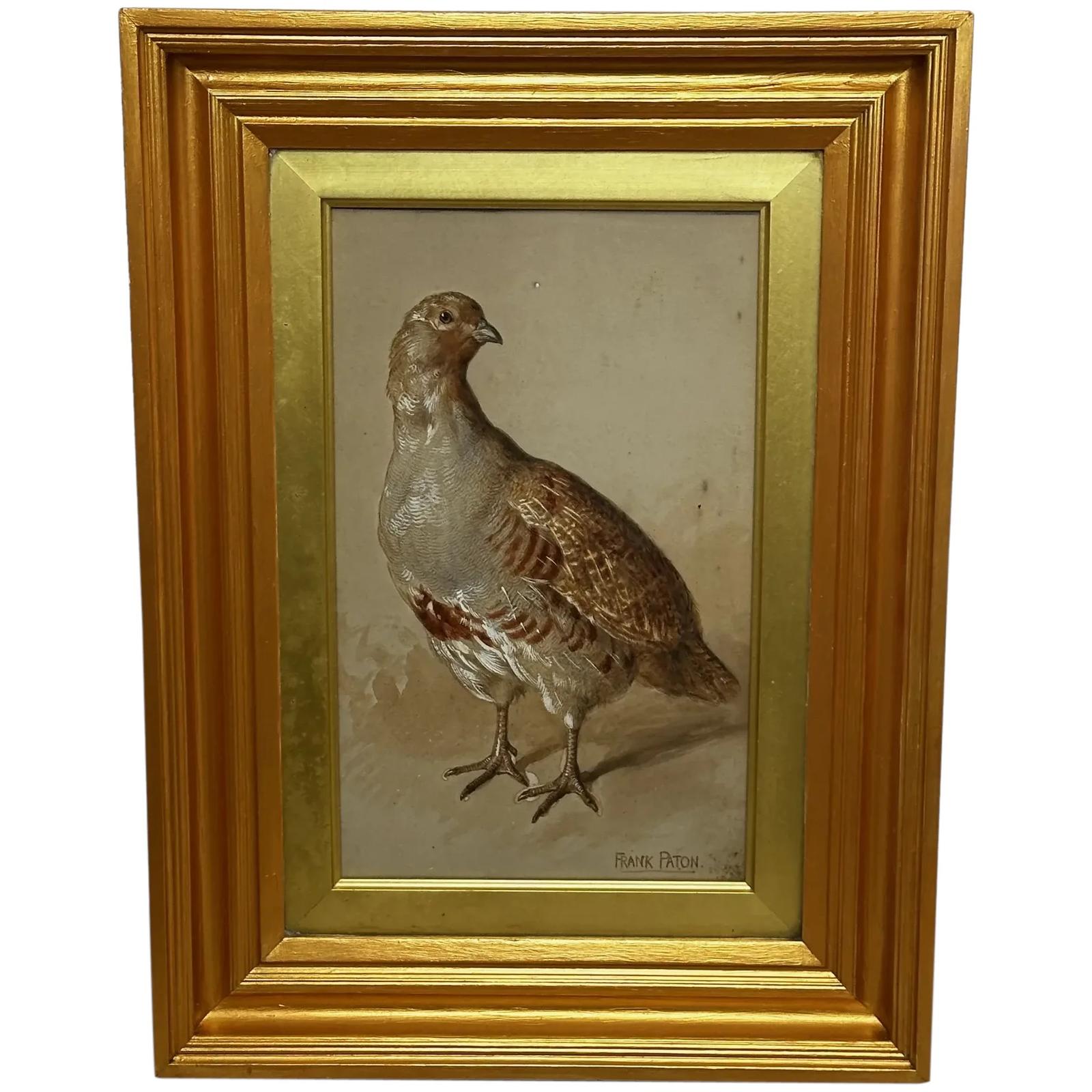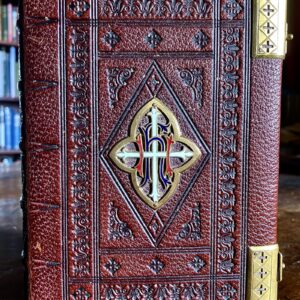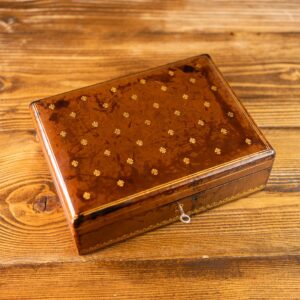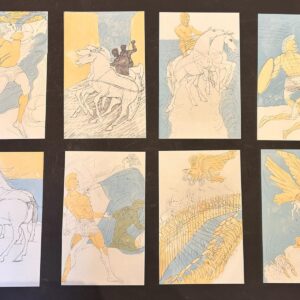Fine antique late 19th Century Victorian Ornithology British work of art watercolour painting of Partridge Game Bird Signed by Frank Paton. Title “Partridge A Study” by Frank Paton. Subject ornithology animal bird study portrait of a partridge game bird in front profile view. Add a statement piece artwork to your home or office wall space, impress your guests & clients. Medium watercolour heightened with white. Set in a traditional original gilt frame with protective glass front cover, with hanging thread on the back ready for immediate home wall display. Signed by the known British pigeon artist Frank Paton. Frank Paton (23 November 1855 – 13 November 1909) was an English artist of the Victorian and Edwardian eras, best known for his paintings of animals and scenes of rural life. He was a successful artist during his lifetime and could even count Queen Victoria as an admirer of his work. Frank Paton was a British 19th Century his works have sold auctions around the world, the highest recorded was 33,600 Usd for A Hidden Feast, that sold at Christies New York. Frank Paton was born on 23 November 1855 in Stepney, London England. His parents were James Paton and Mary Ann Paton (née Ross) and he was the youngest of their seven children. Although Stepney, in the East End of London was a stronghold for the Paton family, Frank Paton grew up in and around Gravesend in Kent, as his father was a maritime pilot (Gravesend, at the mouth of the river Thames, was a pilot station for the port of London. Unlike his brothers, the majority of whom entered the Merchant Navy. Frank Paton showed an early talent for drawing animals and was allowed to follow his artistic bent. His first known exhibition was at the age of sixteen, the piece being a portrait of a German peasant girl. Family rumour has it that Paton briefly spent time in France working in stained glass before being recalled by his father. It is believed that he then travelled to, and made a living in, Australia. Paton had relatives in Australia – an Uncle and Aunt had emigrated there from London in the 1850s and settled in Williamstown, Victoria – so this is plausible and Australian immigration records of the time show that a Frank Paton, aged 19, an unassisted passenger on the Shannon from London, arrived in Melbourne in September 1875. If Paton did spend time in Australia then it is unclear for how long. What is certain, however, is that he was in England during 1878 as this was the year that his painting You Are No Chicken – a modest sized oil on panel featuring two chicks staring at a frog – was accepted by the Royal Academy for exhibition. It was to be a turning point in the young artists career as the work was purchased by Edward Ernest Leggatt. Although only the same age as Paton, Leggatt was already running a print and art dealership from a Fenchurch Street address in London. You Are No Chicken was engraved in mezzotint by J B Pratt in 1880. Its commercial success cemented a lifelong association with Leggatt, who became the main publisher of Frank Patons work. In April 1881 Frank Paton married Mary Sophia Edwards (1852–1929), with the artist Basil Holmes (c.1825 – 1902) bearing witness to the union. Mary, known as Marian within the family, was from Winterborne Houghton in Dorset. She was brought up from an early age by Basil Holmes and his wife Lydia, who was Marys maternal aunt. Most likely under the tutorage of Basil Holmes, Mary became a talented, amateur artist in her own right as is evident from a pair of etchings by her own hand: Old Inn Chigwell and A Glade near Woodford. After marrying, Frank Paton mainly lived in rural communities in Kent and in Essex. He divided his time between London and the countryside, accepting commissions for animal portraits from their owners. He was a good family man and raised four sons and three daughters with his wife. Of these, his second eldest son Basil and youngest daughter Dorothy showed considerable artistic talent (the latter becoming a commercial artist and occasionally exhibiting works in public). Although never a member of the Royal Academy, a total of 20 works by Paton were exhibited at their annual selling exhibition between the years 1878 and 1890. Art dealer and collector Edward Ernest Leggatt published a series of Patons etched Christmas cards annually from 1880 until Patons death in 1909. The cards were intended to be a cut above the average Christmas card and sold for half a guinea each. Their format became formulaic over the years. A central subject reflecting the title of the print was usually complemented by a series of often humorous sketches around its border. A number of the prints would be sent from the printers to be signed in pencil by Paton.From 1890 Frank Paton no longer exhibited at the Royal Academy following a dispute with the organisers. His reputation firmly established, it was of little consequence and the artist continued to work until his final days. At the time of his death Paton …
Shopping Cart






Reviews
There are no reviews yet.